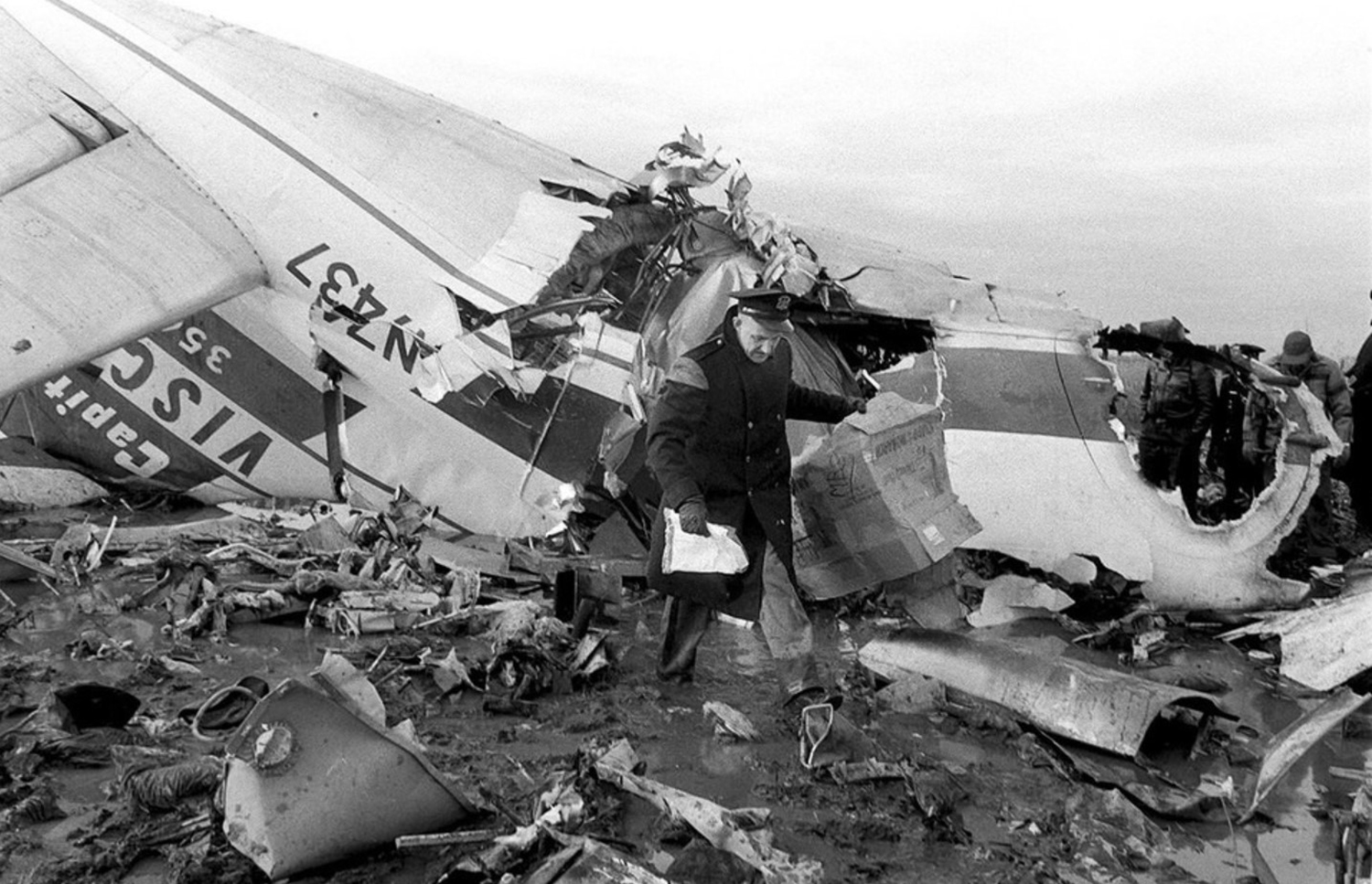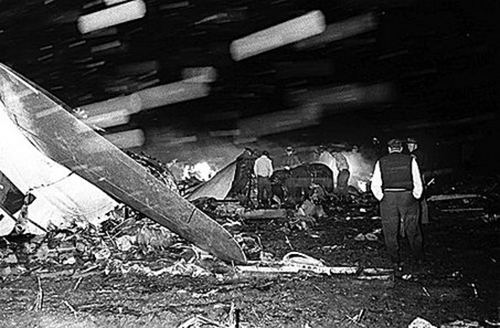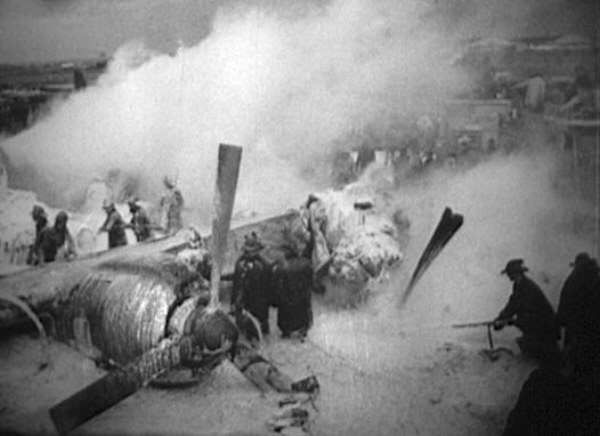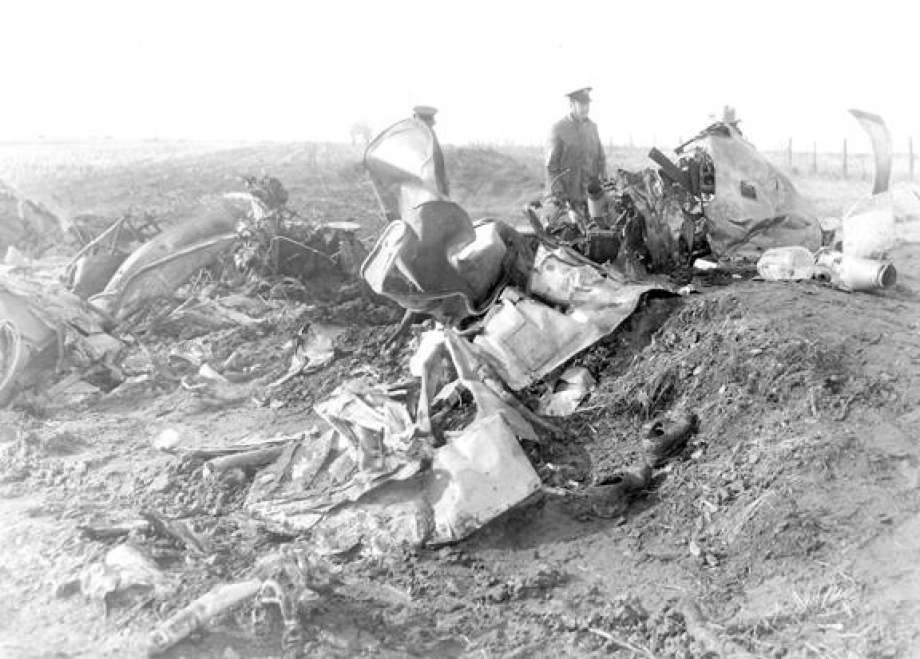Crash of a Cessna 414 Chancellor in MBS-Tri City: 3 killed
Date & Time:
Mar 5, 1992 at 1504 LT
Registration:
N69662
Survivors:
No
Schedule:
MBS-Tri-City - Chicago
MSN:
414-0621
YOM:
1975
Crew on board:
2
Crew fatalities:
Pax on board:
1
Pax fatalities:
Other fatalities:
Total fatalities:
3
Captain / Total hours on type:
184.00
Aircraft flight hours:
4106
Circumstances:
While loading a patient & his personal gear in the aircraft for an air ambulance flight, the aircraft tipped onto its tail. As a result, the tail bumper was forced upward into the belly of the empennage. The pilot refused the offer to have a mechanic look at the damage, and remarked 'this has happened before.' after takeoff, the pilot radioed to the tower that he had a jammed elevator, and was coming around to land. While maneuvering on a base leg, control was lost & the airplane was observed to crash with one wing perpendicular to the ground. Another airplane was in the takeoff position on the runway. The airplane was configured with a hospital litter/stretcher and oxygen bottle on the right side of the cabin. There was no record for the approval for, or installation of, the stretcher. In addition, there was no weight & balance record for the airplane with the stretcher installation. All three occupants were killed.
Probable cause:
The pilot's poor judgement in attempting flight after the airplane's fuselage was damaged during a loading operation. Factors which contributed to the accident were: the operator's failure to provide proper weight and balance data for the airplane, the pilot's failure to supervise the loading operation, and his failure to accept the services of a mechanic to inspect the damage.
Final Report:











